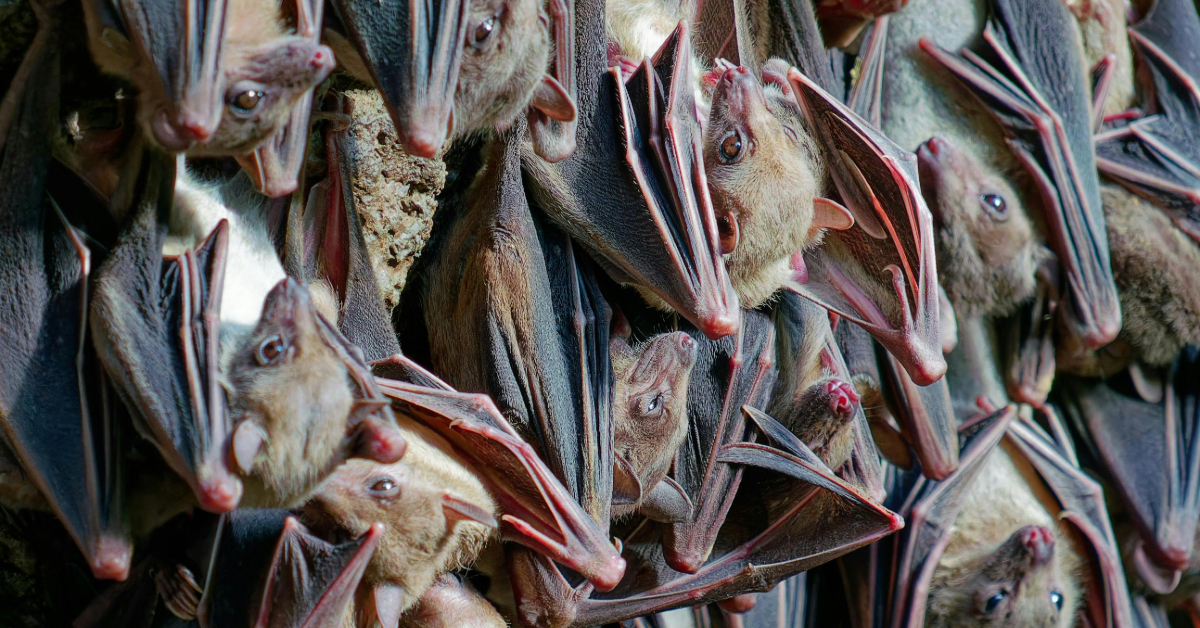Scientists in Cancun have confirmed the discovery of Quintana Roo’s first bat maternity cave, home to more than 200,000 bats. Students and researchers work to protect this vital ecosystem.
In the heart of Cancun, beneath the buzz of tourism and nightlife, lies a hidden natural wonder — the first officially identified bat maternity cave in the state of Quintana Roo. Tucked beneath the grounds of the University of the Caribbean, the cave is home to a thriving bat population exceeding 200,000 individuals, including hundreds of newborn pups.
The site . . .






